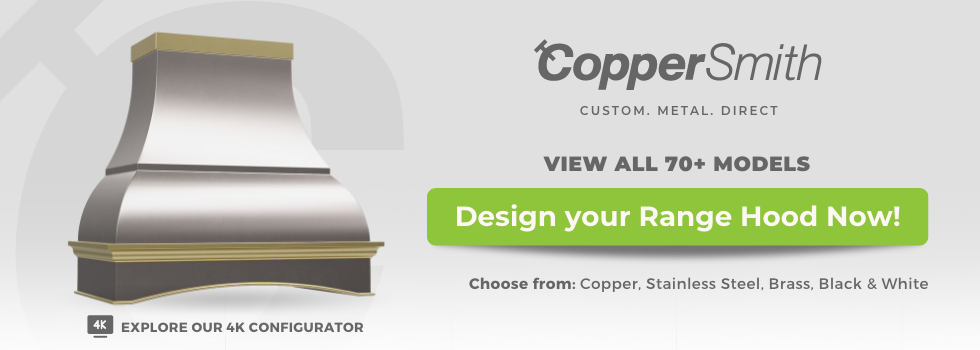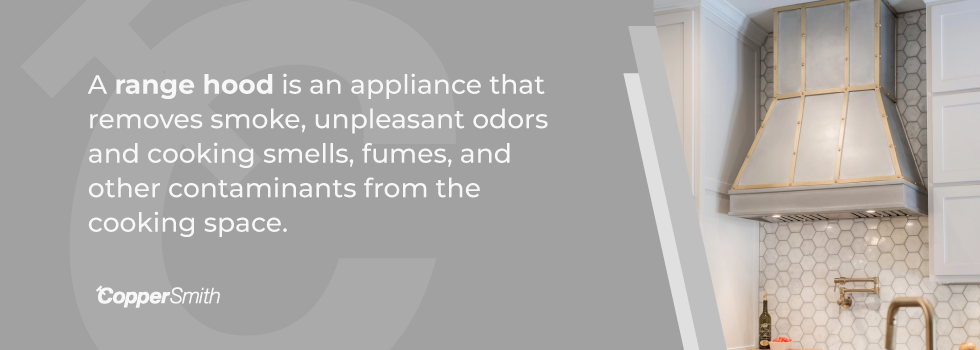
A kitchen hood is often overlooked when it comes to household appliances, but it is one of the most important assets in your cooking space. From filtering the air to keeping your kitchen cleaner, the benefits of a range hood are extensive.
The popularity of non-vented hoods has increased, leading the market to supply more options and different ranges, and even more so for non-vented or ductless hoods.
This is especially true in smaller apartments that do not have proper ventilation or mom-and-pop shops where space is limited and building codes prevent you from installing the ducts required for a traditional vented range hood.
What is all the fuss about non-vented range hoods? And are they even worth it? Read on to find out more.
What Is a Range Hood?
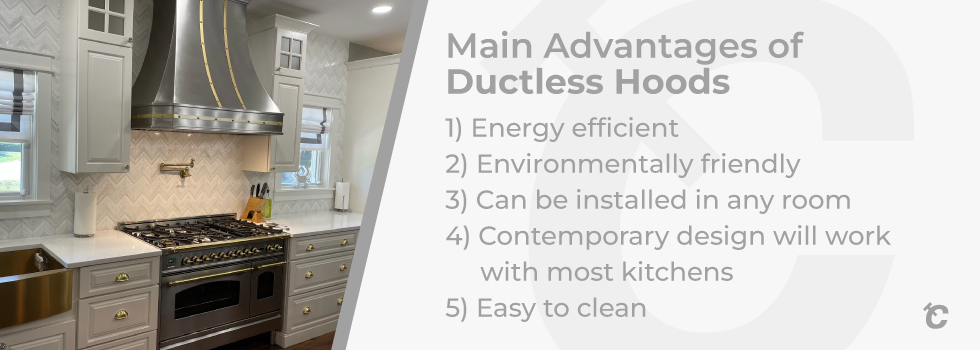
A range hood is an appliance that removes smoke, unpleasant odors and cooking smells, fumes, and other contaminants from the cooking space.
They are also helpful in trapping grease and ensuring that cooking surfaces don't accumulate a sticky oil film.
Many range hoods are ceiling-mount range hoods, while others can be placed in different parts of the kitchen.
Non-vented range hoods, however, are designed to be placed near the floor, usually under cabinets or countertops.
Think of a range hood as a powerful air-purification system. It cleans the kitchen air, helps to clear surfaces of grime and oil, and generally makes for a more pleasant and hygienic cooking environment.
What Are the Different Types of Range Hoods?
A range hood is essential to any kitchen, especially where cooking or baking is done frequently.
There are three main categories, and each type serves a specific purpose.
Countertop, under-counter, and freestanding range hoods
Countertop range hoods are installed directly over the stovetop and provide ventilation above it.
They typically include a fan that pulls air up into the hood and through vents or ducts near the ceiling. Countertop range hoods are best suited for small kitchens because they require a large amount of space next to the stove.
Undercounter range hoods are placed underneath the stovetop and usually feature a fan that pulls air down into the unit and exhausts it outside. Undercounter range hoods are suitable for larger kitchens because there isn't much room to install a countertop model.
Freestanding range hoods, also known as wall-mounted units, are hung on the walls of a kitchen and do not require a lot of floor space. Freestanding models come in both countertop and under-counter varieties.
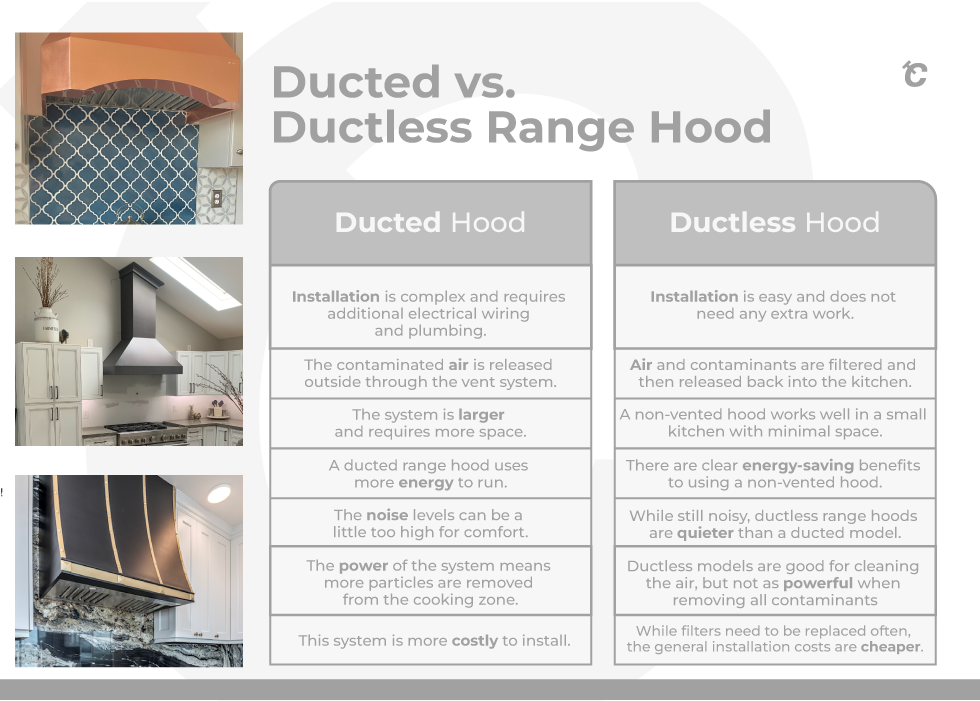
Ducted range hoods
The most typical range hood, especially in commercial settings, is one with ducts.
They use ductwork to pull air up into the unit and then expel it through vents in the ceiling. Ducted range hoods offer better airflow than countertop models, which means they're ideal for larger kitchens or spaces where a lot of cooking is done often.
Ductless range hoods
Ductless range hoods are becoming increasingly popular because they don't need ductwork to work properly. Instead, they use fans to force air into the hood.
Because they do not require ducting, they are easier to install and less expensive to purchase than their ducted counterparts.
Because they don't require ducting, they are also great for homes with tight construction restrictions.
How Does a Non-Vented Hood Work?
The venting hood is one of those things you probably don't think about much, but it could save your life someday. So if you're wondering how a non-vented hood works, here are some basic facts.
Most non-vented hoods or ductless range hoods have a motor that draws air and hazardous materials from the kitchen area and pushes them through filters before releasing them back into the room.
The heavy-duty charcoal filters remove grease, toxic gases, cooking odors, and other contaminants before expelling it back the clean air back into the kitchen.
Some non-vented hood models also include HEPA (high-efficiency particulate arresting) filters that trap smaller particles like dust and pollen. These filters can help reduce allergens in the home.
The Main Advantages of Ductless Hoods
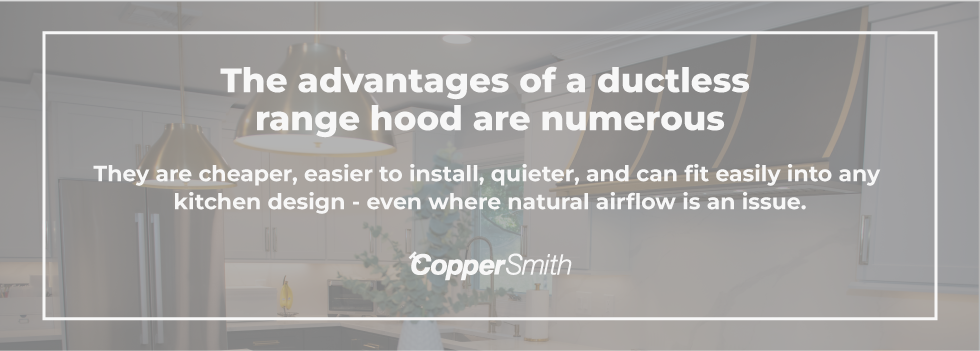
There are several advantages to using a non-vented kitchen range hood instead of a traditional venting system. Here are just a few:
- It is energy efficient because it does not use an exhaust fan.
- It is also environmentally friendly due to its filtration process.
- It can be installed in any room without the need for drilling holes in the walls.
- Its contemporary design will work with most kitchens.
- It is easy to clean.
What Are the Downsides to a Ductless Range Hood?
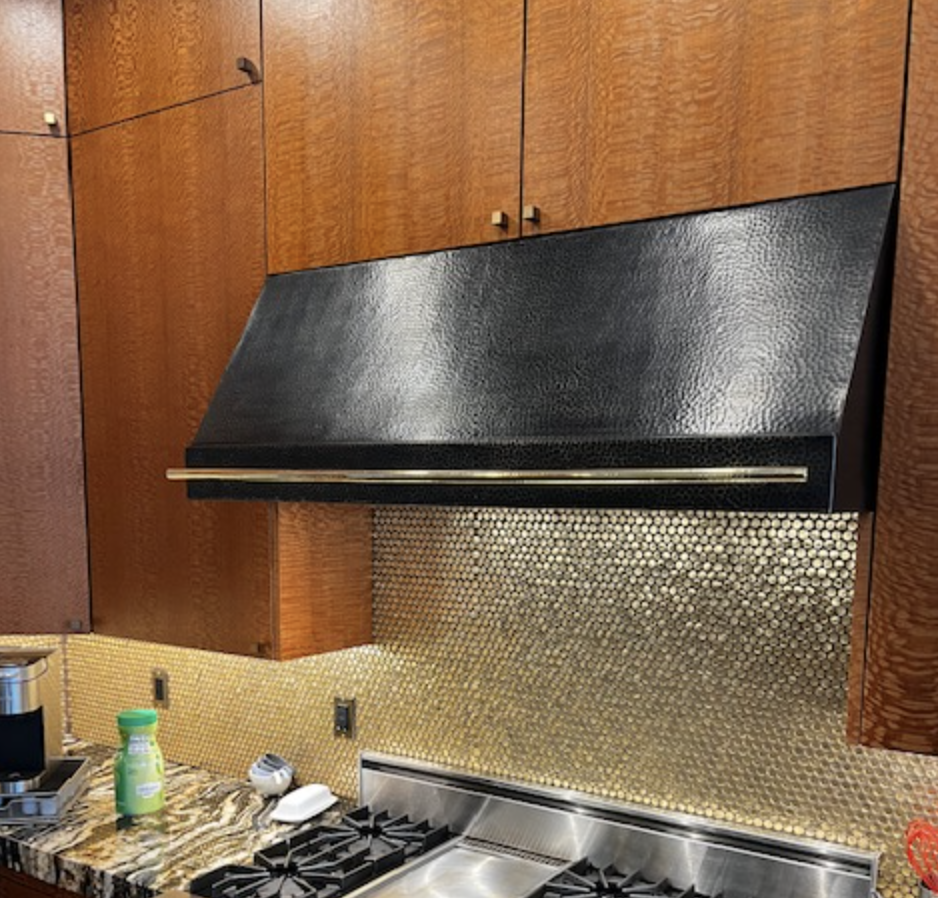
While ductless range hoods are more efficient than traditional models, they still aren't perfect. Here are a few key considerations:
Installation can be difficult
A ductless range hood requires no installation whatsoever. You simply plug it into an electrical outlet and turn it on. But because of the lack of ductwork, the unit must be placed somewhere near the ceiling.
If you don't want to install one yourself, consider hiring a professional installer.
The noise is not ideal
Range hoods are by no means a quiet addition to your kitchen. However, the level of noise will depend on the model you choose.
If you live in a condo or apartment building where noise complaints are common, you might want to look at quieter options.
The price may vary significantly
Because of the lack of ducting, prices for ductless range hoods tend to be much lower than traditional units. On average, a ductless hood costs around $400-$600 less than a comparable conventional unit. However, the price difference varies widely based on brand and features. For example, a high-end model could cost anywhere from $800-$1,500.
The problem with filters
Ductless range hoods are equipped with a powerful filtration system, which includes a charcoal filter. These filters, however, must be replaced every two to three months to ensure proper operation.
This could increase the maintenance costs of your system.
Ducted vs. Ductless Range Hood
The ongoing debate is whether to get a ducted or ductless range hood. It largely depends on the amount and frequency of cooking that will be done. Another factor to consider is space.
Have a look at the table below for a brief comparison:
|
Ducted Hood |
Ductless Hood |
|
Installation is complex and requires additional electrical wiring and plumbing. |
Installation is easy and does not need any extra work. |
|
The contaminated air is released outside through the vent system. |
Air and contaminants are filtered and then released back into the kitchen. |
|
The system is larger and requires more space. |
A non-vented hood works well in a small kitchen with minimal space. |
|
A ducted range hood uses more energy to run. |
There are clear energy-saving benefits to using a non-vented hood. |
|
The noise levels can be a little too high for comfort. |
While still noisy, ductless range hoods are quieter than a ducted model. |
|
The power of the system means more particles are removed from the cooking zone. |
Ductless models are good for cleaning the air, but not as powerful when removing all contaminants. |
|
This system is more costly to install. |
While filters need to be replaced often, the general installation costs are cheaper. |
Is a Ductless Range Hood Better Than a No Range Hood?
As you can see, the advantages of a ductless range hood are numerous!
They are cheaper, easier to install, quieter, and can fit easily into any kitchen design - even where natural airflow is an issue.
Generally, having a range hood is better than having no range hood. This is because it helps keep food odors out of the air and reduces greasy buildup.
A ductless range hood is more than just a nice-to-have kitchen appliance. It is essential for your water heater, stove, and fridge.
Take safety, for one. A ductless range hood removes carbon monoxide (CO) emissions by filtering the hazardous vapors out of the air.
Unfortunately, even though designs have improved over the years, resulting in less carbon monoxide being released through gas burners, there are still small traces of the gas.
A ductless hood's ability to help control your home's temperature is another safety factor. For example, if you cook using a lot of heat, such as when making pizza, then a ductless hood will help prevent overheating and cooking fires.
Another benefit of a ductless range hood is its ability to reduce smoke and odor in your home. And because it does not release the air outside, it's also environmentally friendly. If you are looking for a environmentally friendly overhead vent hood, check out our catalog!
A ductless range hood will save you money in the long run. You won't have to dish out money to maintain the ductwork. All you have to do is replace the filters every few months, and you're good to go.
Finally, a ductless hood can improve the overall efficiency of your kitchen. It allows you to keep your kitchen clean by removing grease and other particles from the air.
Conclusion
So what is the point of a non-vented range hood?
The point is straightforward, with benefits such as cleaner air, a kitchen that is easy to wipe down, and simple and cost-friendly installation.
As a kitchen appliance, a ductless range hood ticks all the boxes to make your cooking experience more pleasant - all while saving your family and the environment from harmful toxins. It's a win-win situation all around.
Have a look at our website for the range of different hoods we have on offer.

